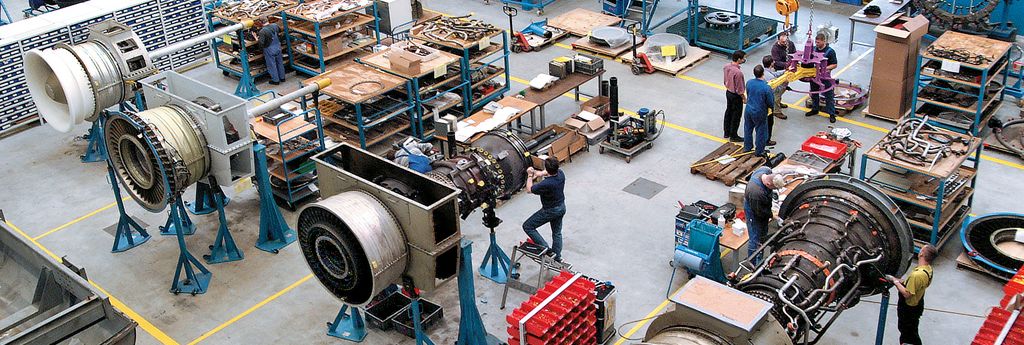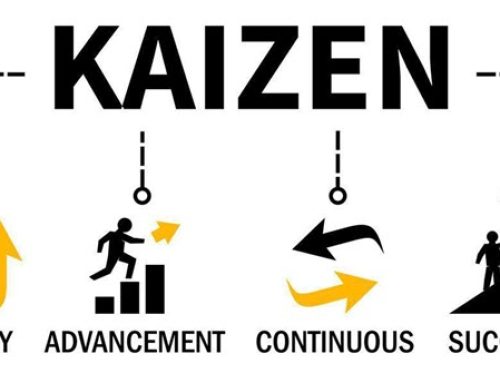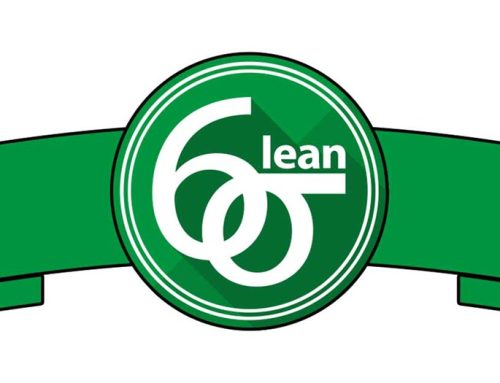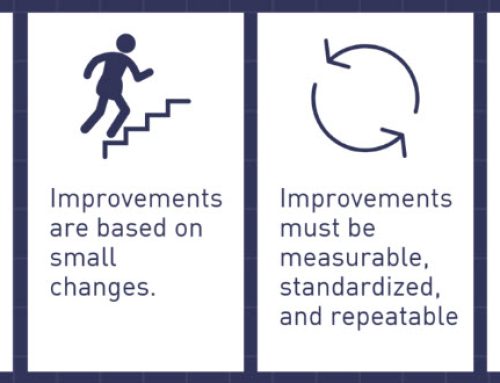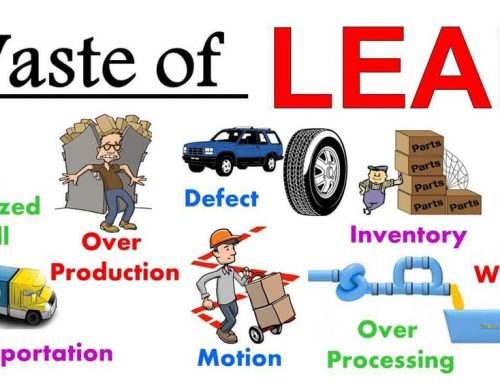In a business organization, time is a source of economic resource that cannot be stopped by a technical mess. For this reason, carrying out appropriate maintenance and overhaul of all machinery is important.
Within the industrial field, the maintenance repair and overhaul refer to the set of tasks aimed at monitoring the proper functioning of the machinery and all the equipment involved in the business activity. The intention of this task is essentially to detect possible failures and prevent damages or obstacles that could affect the production performance or trigger a wear that ends up being very expensive for the company.
Types of Maintenance and Overhaul
The major types include:
Predictive Maintenance Repair and Overhaul
The Predictive maintenance repair and overhaul are performed through the analysis and monitoring of some aspects or conditions of equipment and facilities, with the aim of preventing the problem from occurring in the future. For instance, the analysis of the oil of a machine or monitoring of the vibrations of a turbine, to avoid a future problem.
Corrective Maintenance Repair and Overhaul
This exists to restore or correct the operation of the machine and is done after breakage or failure is experienced. Corrective maintenance can be planned (when it is perceived that the equipment is not working as it should) or unplanned (when it is performed after the equipment breaks down).
Planned Maintenance and Overhaul
The Planned maintenance and overhaul refers to the maintenance of which we have proof in advance, so that we can prepare the personnel, pertinent documents, spare parts and necessary technical equipment.
Unplanned Maintenance Repair and Overhaul
The unplanned maintenance repair and overhaul refers to emergency maintenance. That is, when some kind of emergency or unexpected scenario happens and decisions have to be made so that the machinery returns to its correct functioning as soon as possible. Sometimes they can arise due to legal imperatives, such as security defects, application of regulations or contamination issues.
Preventive Maintenance Repair and Overhaul
We can define the preventive maintenance repair and overhaul as a technique whose effectiveness is based on the total prevention of equipment failures. With this method, it is sought that the activities are always controlled so that the operation is more reliable and efficient, foreseeing the errors before they occur.
The preventive maintenance and overhaul is very useful in project management. That is, it is an excellent way to avoid possible future contingencies that may lead to extra cost for the company.
Furthermore, this type of maintenance and overhaul also involves preventing the occurrence of a problem in the process by performing some activities such as changing parts and oil, grease, cleaning, etc.
The Importance of Maintenance Repair and Overhaul
- It saves breakage costs and breakdowns by surprise. The maintenance Repair and overhaul of machinery is more profitable in the long term than if imminently we must repair a machine that breaks down. This also implies that the maintenance performed by good professionals will avoid imminent breakdowns that paralyze the production process and slow down the pace of business activity, thus maintaining the profitability of the company.
- It ensures the extension of the useful life of the machinery. Maintenance and overhaul tends to extend the lifespan of the machinery and the company’s facilities by diagnosing the condition of the same, as well as encouraging actions that must be carried out to improve the quality of operation.
- It helps business owners to make future plans with more security in the production processes.
- An adequate maintenance and overhaul of machinery favors correct preparation and a better forecast of the budget of the company.
- The production time is not slowed, since the machines are available as long as possible and at maximum performance.
- It provides a competitive advantage
- It ensures the manufacture of quality products so that they can be delivered in due time
- It Prevents or reduces workplace accidents
- Prevents irreparable damage to the facilities, thus avoiding having to pay large amounts of money at a given time for new purchases.
In conclusion, unlike what many employers and managers consider secondary, equipment malfunctions compromise the production cycle, with the risk of incurring great losses. Therefore, the task of maintenance and overhaul has a direct impact on the quantity and quality of production, amongst other benefits as highlighted above.

